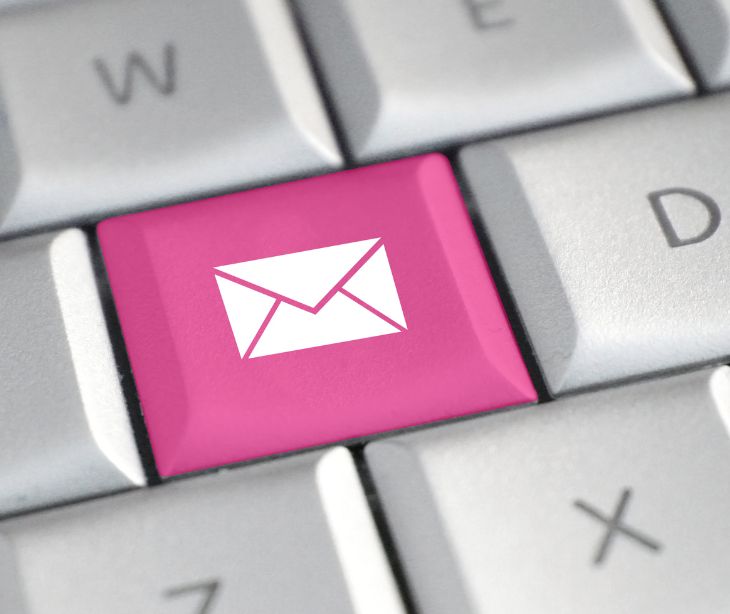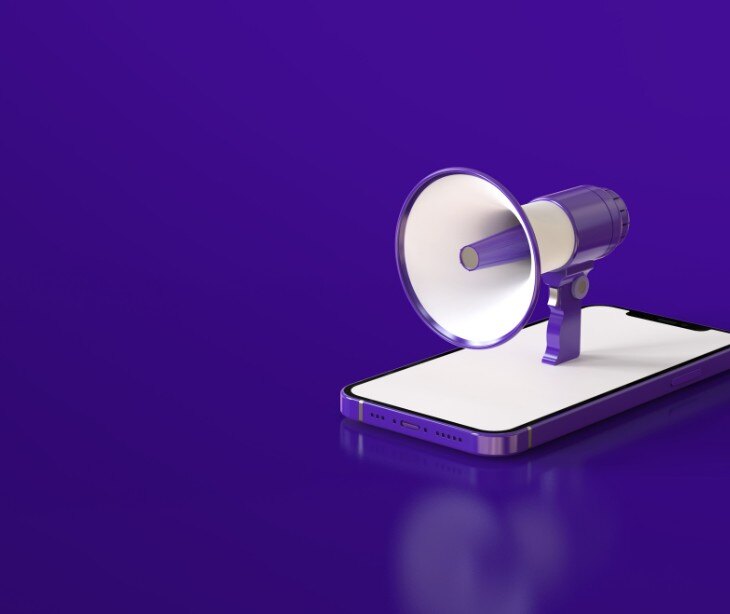5 min read
How personalized email merges increase patient engagement
Kirsten Peremore
February 20, 2024

One of the most direct impacts of personalized mail merges is on response rates to healthcare communications and surveys. A BMC Research Notes study titled ‘Mail merge can be used to create personalized questionnaires in complex surveys’ demonstrated that using the mail merge feature in standard word processing software to generate unique, personalized questionnaires for each participant, incorporating specific information like names, relevant clinical details, and context, resulted in a high response rate of 64% and a low refusal rate of 7%. The authors concluded that personalized mail merges are a simple yet effective tool to increase the quality and quantity of responses, suggesting their potential for broader application in eliciting information from patients and research participants.
Personalized mail merges have also been integrated into patient recruitment strategies for clinical trials. Researchers can identify eligible patients and generate tailored recruitment letters using mail merge functions. The study also noted, “Mail merge can be used as a simple but useful tool to add personalized fields to complex survey questionnaires, or to request additional information required from study authors.” The approach eases the recruitment process and ensures that communications are relevant and specific to each recipient’s medical history and eligibility criteria. These messages often incorporated behavioral science principles and were crafted at an accessible reading level.
Why personalization matters in healthcare communication
A Topics in Language Disorders journal article provided the following perspective on patient-provider communications, “They also report experiencing negative experiences interacting with health care providers during these encounters placing them at risk for preventable adverse medical events, poor quality of life, and dependence on others.
Providers and people with communication disabilities can take steps to improve these interactions by personalizing and implementing communication supports to empower people with communication disabilities to actively participate in these interactions and improve outcomes.”
Personalized supports, which may include custom-designed communication boards or digital aids, are adapted to the patient’s cognitive, motor, and visual abilities, and are populated with vocabulary relevant to their current health status and personal preferences. Personalized care leads to better health outcomes, more positive patient experiences, and more efficient use of healthcare services.
When care is tailored to the individual, it becomes more relevant and actionable, increasing the likelihood that patients will adhere to recommendations, engage in preventive behaviors, and participate in shared decision-making. Personalization also helps to reduce health inequalities by addressing the unique needs of diverse populations, including those with complex or multiple conditions. The implementation of personalized care, when done systematically, has been shown to initiate quality improvements at the service and system levels, with the potential for broad applicability across various healthcare settings.
Applications of mail merge in patient engagement
An IEEE Journal of Translational Engineering in Health and Medicine study ‘Towards an Effective Patient Health Engagement System Using Cloud-Based Text Messaging Technology’ discusses a perspective on the fundamentals of patient engagement, “Patient engagement is an activity that involves a series of proactive and interactive actions between provider and patient. Active patient engagement is paramount in effective health care, especially in chronic conditions, which are long term, variable, and often degenerative [1]. Direct collection of patient-reported outcomes (PROs) is essential for effective patient engagement.”
One of the most prominent applications of mail merge in patient engagement is the creation of personalized questionnaires and surveys. By leveraging standard word processing software, healthcare researchers and providers can incorporate patient-specific information like names, clinical details, or contextual data directly into survey instruments. It has been shown to improve response rates and the quality of data collected.
The ability to tailor questions to each recipient not only fosters a sense of relevance and respect but also enhances comprehension, as patients are more likely to understand and respond thoughtfully to queries that reflect their unique situations.
In clinical research, mail merge also helps with patient recruitment and follow-up. Researchers can identify eligible participants using EHR data and generate customized recruitment letters that explain the relevance of the study to each individual’s medical history. This targeted approach increases the likelihood that patients will perceive the invitation as meaningful and relevant, thereby improving recruitment rates and reducing attrition.
Understanding mail merge personalization
Marketers at brands that offer customers a personalized experience are 215% more likely to report that their marketing strategy this year was very effective, compared to their counterparts at brands that do not provide such personalized experiences. One effective method to achieve this personalization is through mail merge. This technology allows for the automatic insertion of individualized information into predefined templates, creating personalized messages for each recipient. By using mail merge, businesses can send tailored emails, letters, and documents that speak directly to the needs, preferences, and behaviors of their customers.
The mechanism behind mail merge involves integrating a database of recipient information with a single document template, which then generates personalized outputs for each entry in the database, thereby streamlining the process of creating individualized content at scale.
How patient engagement improves with mail merge personalization
According to the JMIR Medical Informatics systematic review of information technology on patient engagement and behavior, “Frequent, real-time communication and feedback are essential in supporting health behavior change and empowering patient engagement in the health care process” Adopting mail merge techniques allows healthcare providers can send personalized communications that directly address the individual needs, preferences, and medical history of each patient.
This ensures that every piece of communication a patient receives feels relevant and tailored specifically to them, thereby fostering a deeper connection and trust between the patient and their healthcare provider. The direct result of this personalized approach is a notable increase in patient engagement. With 74% of marketers reporting that it significantly increases customer engagement, patients are more likely to read, respond to, and act on communications.
See also: Dean Levitt: Healthcare email marketing (Paubox Zoom social mixer)
Steps to implement mail merge personalization in a healthcare setting
Collect and organize patient data
- Data collection: Begin by gathering patient data, including basic information (name, age, contact details) and more specific data (medical history, preferences, appointment history).
- Data organization: Organize this data into a structured format, typically within a database or a spreadsheet. Ensure that the data is accurate, up-to-date, and categorized appropriately for easy access and use.
Design the communication template
- Template creation: Develop a generic template for the communication you intend to send. This could be an email, letter, appointment reminder, or educational material.
Choose a mail merge tool
- Software selection: Select a mail merge tool that is compatible with your data storage format and your communication platform. Software such as Paubox Marketing with built-in segmentation capabilities while also integrating perfectly with HIPAA compliant email practices, or standalone software that works with common applications like Microsoft Word and Excel.
Integrate patient data with the template
- Merge process: Use the mail merge tool to integrate the patient data with the communication template. The software will automatically populate the placeholders in the template with the corresponding data from your database for each patient.
- Review and customize: It's crucial to review the merged communications to ensure accuracy. Additionally, consider if any message needs further customization based on the patient's specific conditions or history.
Distribute personalized communications
- Sending messages: Once the personalized communications are ready and compliance is verified, distribute them to patients through the chosen channels (email, postal mail, SMS, etc.).
- Schedule and automate: For ongoing communications, such as appointment reminders, consider setting up a schedule or automating the mail merge process to regularly update and send messages without manual intervention.
See also: How to create an effective email marketing strategy?
FAQs
What are the main benefits of merged documents?
The main benefit of merged documents is the ability to efficiently generate personalized communications for a large audience, enhancing the relevance and effectiveness of the message for each recipient.
How does mail merge to make you more productive?
Mail merge increases productivity by automating the process of inserting individual data into a standard template, saving time and reducing the likelihood of errors compared to manually customizing each document. This allows for the rapid production of personalized documents, enabling users to focus on more strategic tasks.
What's better than a mail merge?
While mail merge is highly effective for personalizing bulk communications, advanced Customer Relationship Management (CRM) systems can offer an alternative to some smaller organizations.
Subscribe to Paubox Weekly
Every Friday we'll bring you the most important news from Paubox. Our aim is to make you smarter, faster.




